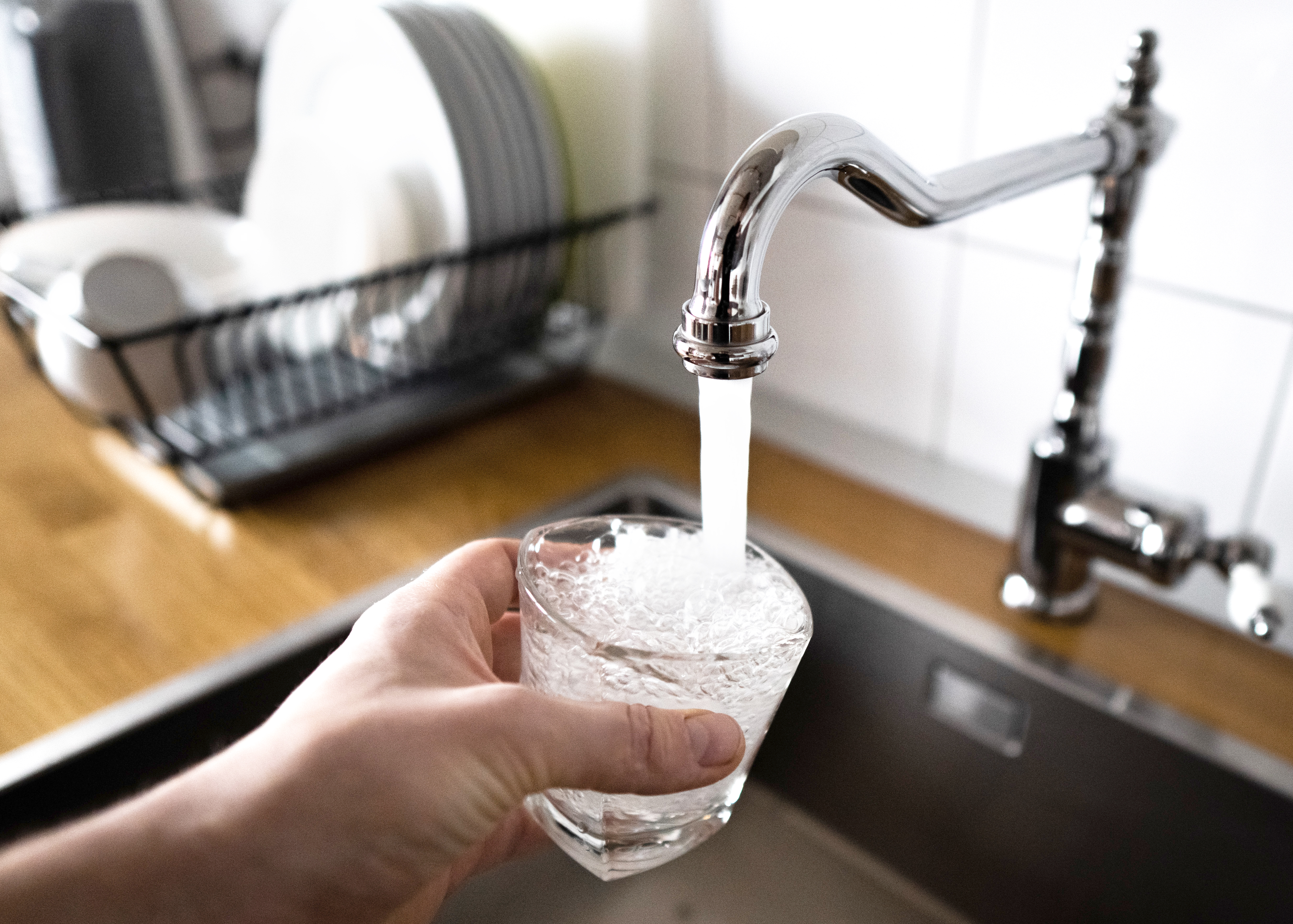
Learn about main water line repair costs in Columbus and what affects pricing to be prepared before you start getting estimates.
The average house staging cost is $1,849, with homeowners spending between $150 and $5,000, depending on home size, staging type, and rental duration


House staging cost varies by home size, style, and rental period.
Expect to pay $300 to $700 per room staged each month.
Professional staging helps homes sell faster and for higher prices, while DIY staging can save money but may lack professional impact.
Furniture rental and labor are the largest expenses but can have the biggest impact on total appeal.
Add-ons like deep cleaning, luxury add-ons, or landscaping increase total cost.
This article was created using automation technology and thoroughly fact-checked and edited by an Angi Editor in accordance with our AI policy.
House staging costs $1,849 on average or from $832 to $2,927. Homeowners pay $300 to $700 per staged room per month, with larger or vacant homes costing more. Total house staging costs depend on home size, staging type, and rental duration, with labor making up a large part of the bill.
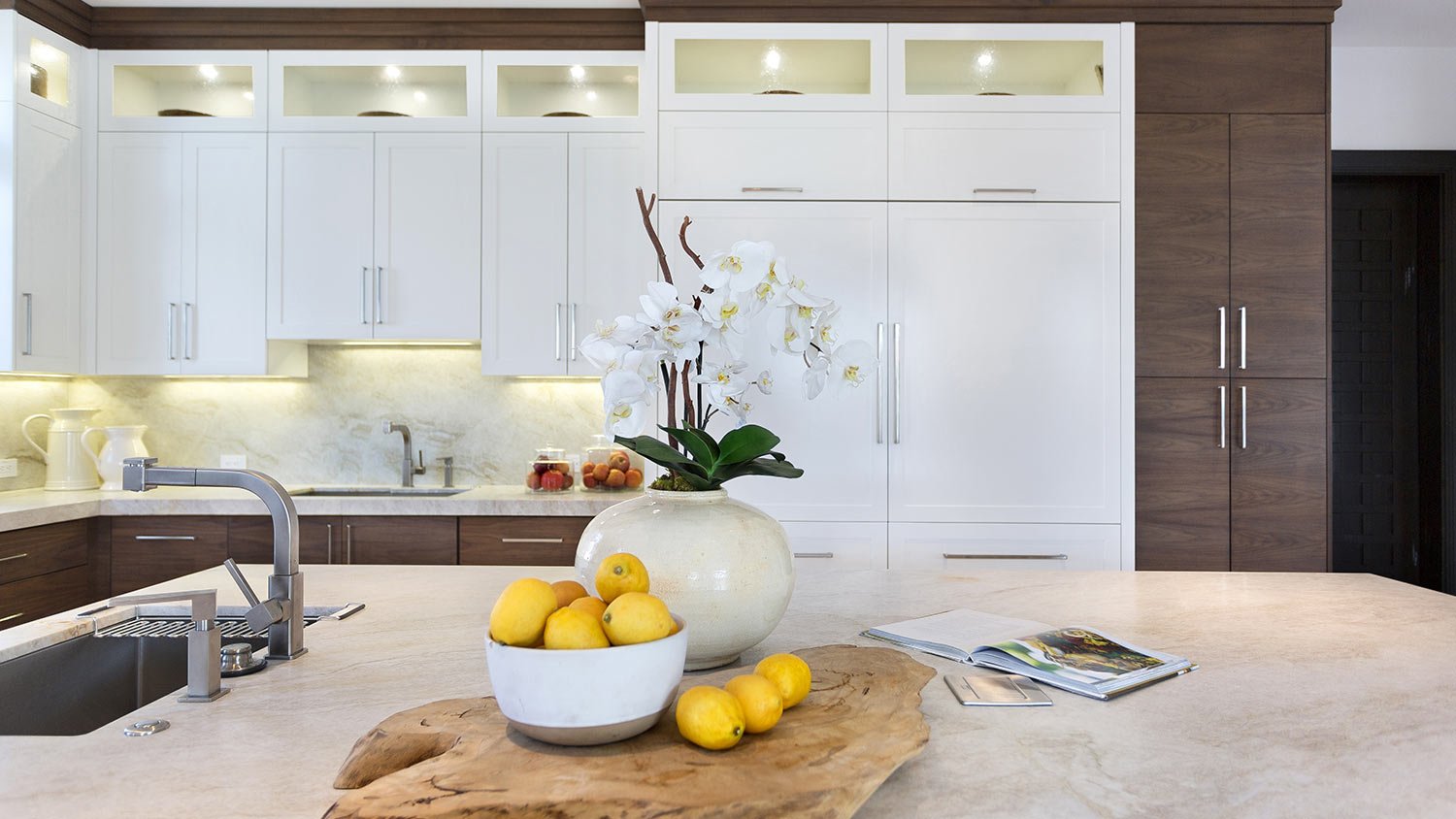
Several elements shape the final house staging cost. Let’s look closely at how types of staging, home size, materials, labor, preparation, tipping, and extra features all impact what you’ll pay.
Staging comes in a few main forms, each with a different effect on house staging cost. Vacant staging means furnishing an empty home, which requires the most rental items and labor. Occupied staging works with your existing furniture, adding a few key pieces or accessories for appeal. Partial staging focuses on select rooms, while full staging covers the entire property.
Luxury staging packages, using high-end furniture and decor, cost more than standard packages. Condos, single-family homes, and luxury properties all have unique needs that affect pricing.
| Staging Type | Description | Average Cost |
|---|---|---|
| Vacant | Home is empty; all furniture and decor are rented and installed | $4,000–$6,000 |
| Occupied | Uses homeowner’s furniture, adds accessories or some rentals | $1,000–$3,000 |
| Partial | Only key rooms (living, kitchen, master) are staged | $1,000–$2,500 |
| Luxury | Premium furnishings, custom design for high-value homes | $4,000–$10,000+ |
The size of your home plays a big role in house staging cost. Larger homes need more furniture, decor, and labor hours to stage. Stagers may charge per room, from $300 to $700, or by square footage, with prices rising as the project grows.
Smaller homes or condos cost less, while staging a large property or estate increases the total. Expect to pay more for properties with many rooms or open-concept layouts.
| Home Size | Square Feet | Average Cost |
|---|---|---|
| Studio or 1-bedroom | Studio or 1-bedroom | $250–$4,500 |
| 2–3 bedrooms | 1,000–2,000 | $1,000–$5,000 |
| 4+ bedrooms | 2,000–4,000 | $1,500–$6,000 |
| Large/luxury home | 4,000+ | $4,500–$10,000+ |
Material costs are a major part of house staging cost, ranging from $100 to $700 monthly per room. This includes rental fees for furniture, artwork, rugs, lighting, accessories, and plants. Higher-quality or designer items cost more each month. Some stagers offer optional upgrades, such as premium furniture or custom artwork, which add to the total.
Labor makes up a large part of overall house staging cost and varies depending on the level of service, such as consultation only versus full-service home staging. Labor covers design planning, delivery, setup, and removal of all staging items. In addition to professional housestagers, other professionals involved may include interior designers, movers, and setup or teardown crews. Stagers charge consultation fees from $150 to $600, hourly rates from $50 to $150 per hour, or flat project fees.
Labor costs depend on your location, project size, and complexity. In high-demand markets or large cities, expect to pay at the higher end.
Preparation can add to your total house staging cost, especially if your home needs cleaning, decluttering, minor repairs, or painting. Prep work is required before staging begins to ensure everything looks its best.
Cleaning services range from $120 to $650, while minor repairs like painting may add $350 to $5,800. Investing in prep helps your home shine and supports a successful staging result.
Tipping is not always required, but it’s appreciated for movers or delivery crews who handle heavy lifting. Standard tips range from $10 to $50 per worker, depending on job size and service quality. For stagers or designers, tipping is less common, but a small gesture is welcome for exceptional service.
Tipping is customary when crews go above and beyond or accommodate last-minute requests. It’s not necessary for standard staging contracts.
Some projects involve extra costs beyond basic staging. Removing or storing your existing furniture, post-staging cleanup, or restoration adds to the bill. Large-scale staging may require permits, especially for temporary structures.
Other potential costs include foundation or structural work, framing for temporary walls, or installing systems like lighting, sound, or climate control.
Staging expenses do not end with the initial setup. Ongoing costs can add up, especially if your home is on the market for several months.
Ongoing maintenance involves regular cleaning and upkeep to keep the staged home in top shape. Fees for refreshing flowers, plants, or decor range from $50 to $200 per visit. If any rented items are damaged or worn, you may be charged for repairs or replacements. Staging companies recommend maintenance visits every two to four weeks to ensure your home stays show-ready.
Monthly rental fees for furniture and decor are the main operating expenses. If the home is vacant, you’ll also need to cover utilities such as electricity, water, and HVAC. Installing security systems costs $55 to $2,500, not including monthly fees for monitoring services. If you need to store your own furniture during staging, factor in storage unit fees of $20 to $600 per month.
Staging can reveal repairs you need to address, like wall touch-ups or fixing flooring. If rented furniture or decor is damaged during the staging period, you may be responsible for repair or replacement charges, which vary by item.
Insurance is important when staging your home. Some staging companies require proof of insurance for the property or rented items. Homeowners may need liability coverage and property insurance. The responsibility for insuring rented furniture is detailed in your contract. Always clarify who is responsible before staging begins.
You can stage your home yourself to save on labor, but there are trade-offs. DIY house staging cost includes materials, furniture or decor rentals, and supplies.
Hiring a pro is best for vacant homes, luxury properties, or competitive markets where staging quality can make a big difference. DIY staging requires time, effort, and an eye for design. You’ll need to source, transport, and arrange items, then keep the home tidy for showings. While DIY saves money, it may not have the same impact as professional staging, which can drive a higher sale price and faster results.
Many homeowners choose add-ons to boost appeal and stand out in the market. Discuss your needs and priorities with your stager to decide which add-ons offer the most value for your home. Each of these add-ons increase overall house staging costs:
Landscaping or curb appeal upgrades: $4,50–$12.50 per sq. ft.
Painting or wall repairs: $2–$6 per sq. ft.
Window washing: $4 to $15 per window
Premium decor or luxury furniture upgrades: $500–$2,000+
Use these tips to keep house staging costs down and get the best value for your purchases:
Get several quotes: Get multiple quotes from staging companies. Bundle staging with other services if possible, such as cleaning and repairs, and negotiate rental rates for longer staging periods.
Choose the most cost-effective service: Stage only key rooms, such as your living room, kitchen, and master bedroom. Choose standard packages over custom or luxury options.
Save on furniture rentals: Use your own furniture and decor where possible, or rent furniture for a shorter period. Return rented items on time to avoid extra fees.
Prep your space: Declutter and clean before hiring a stager, and handle minor repairs and painting yourself.
Home is the most important place on earth, which is why Angi has helped more than 150 million homeowners transform their houses into homes they adore. To help homeowners with their next project, Angi provides readers with the most accurate cost data and upholds strict editorial standards. We survey real Angi customers about their project costs to develop the pricing data you see, so you can make the best decisions for you and your home. We pair this data with research from reputable sources, including the U.S. Bureau of Labor Statistics, academic journals, market studies, and interviews with industry experts—all to ensure our prices reflect real-world projects.
Want to help us improve our cost data? Send us a recent project quote to [email protected]. Quotes and personal information will not be shared publicly.
From average costs to expert advice, get all the answers you need to get your job done.

Learn about main water line repair costs in Columbus and what affects pricing to be prepared before you start getting estimates.
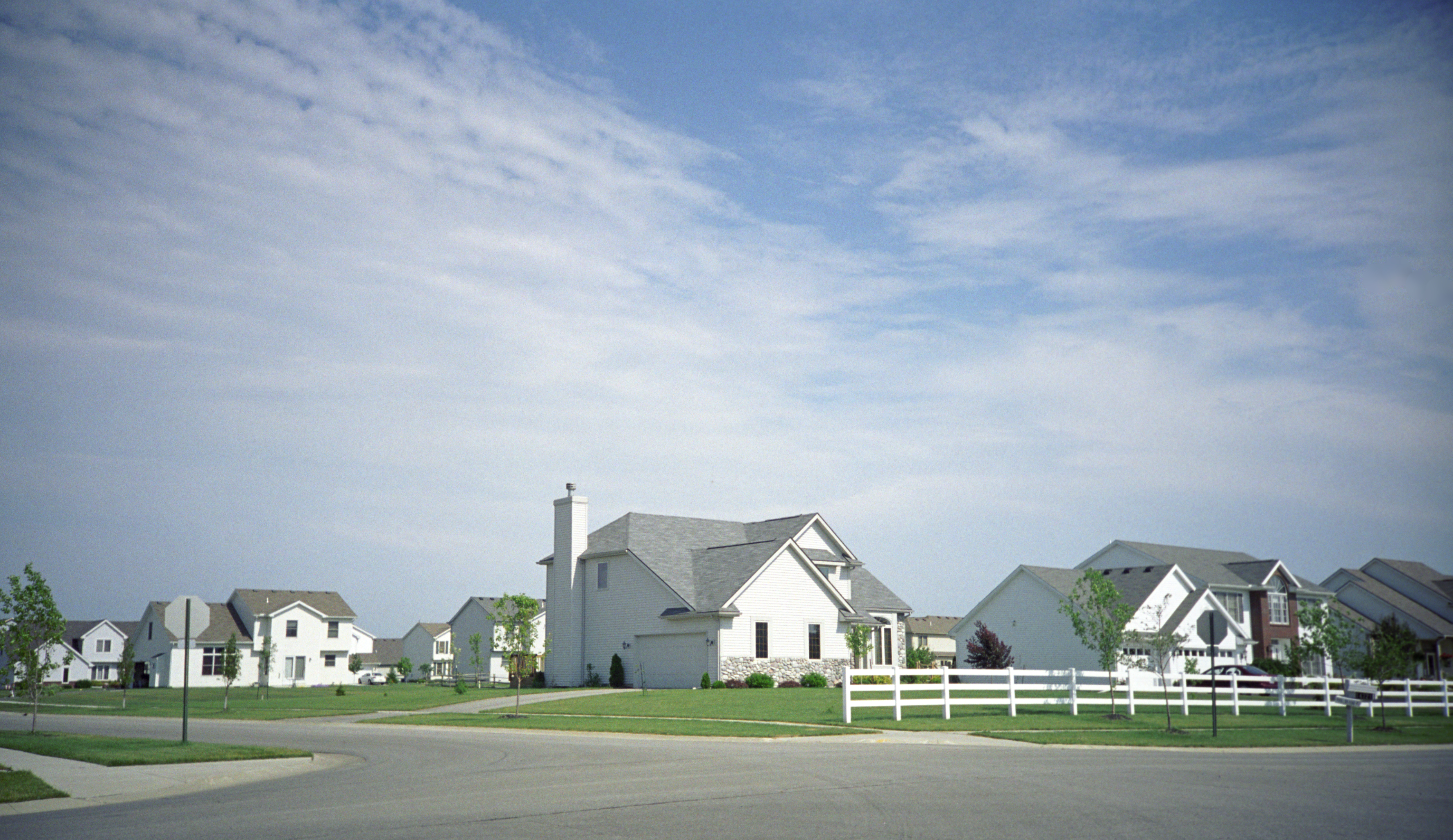
Discover the leading factors affecting your main water line replacement cost in Columbus, including length, material selection, and installation details.

Learn how much plumbers cost in Columbus, Ohio. Discover pricing for faucet repairs, pipe work, and emergency services, plus how you can save money.

Your shower pan is an unsung hero that can prevent leaks and flooding in your bathroom. Learn how to spot a leaking shower pan and ways to fix it.
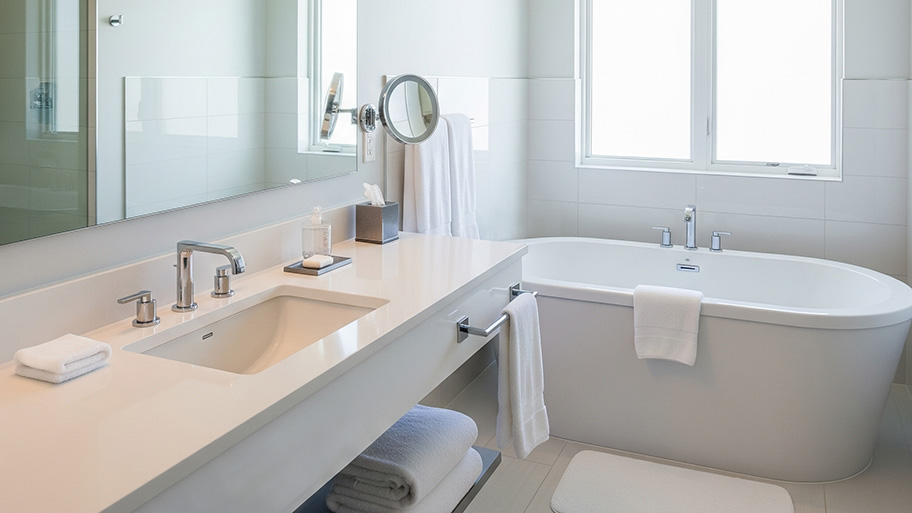
Learning about the different parts of your bathtub plumbing system is useful when you need to repair or replace a component. This guide has all of the parts covered.
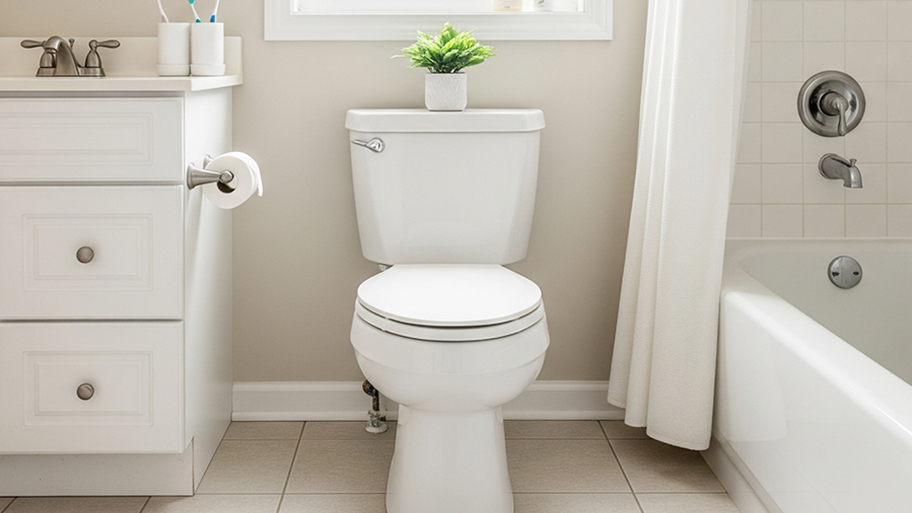
Most toilets use a 3-inch drainpipe, but certain toilets may deviate from the norm. This guide will help you understand toilet drainpipe sizes to avoid clogs.